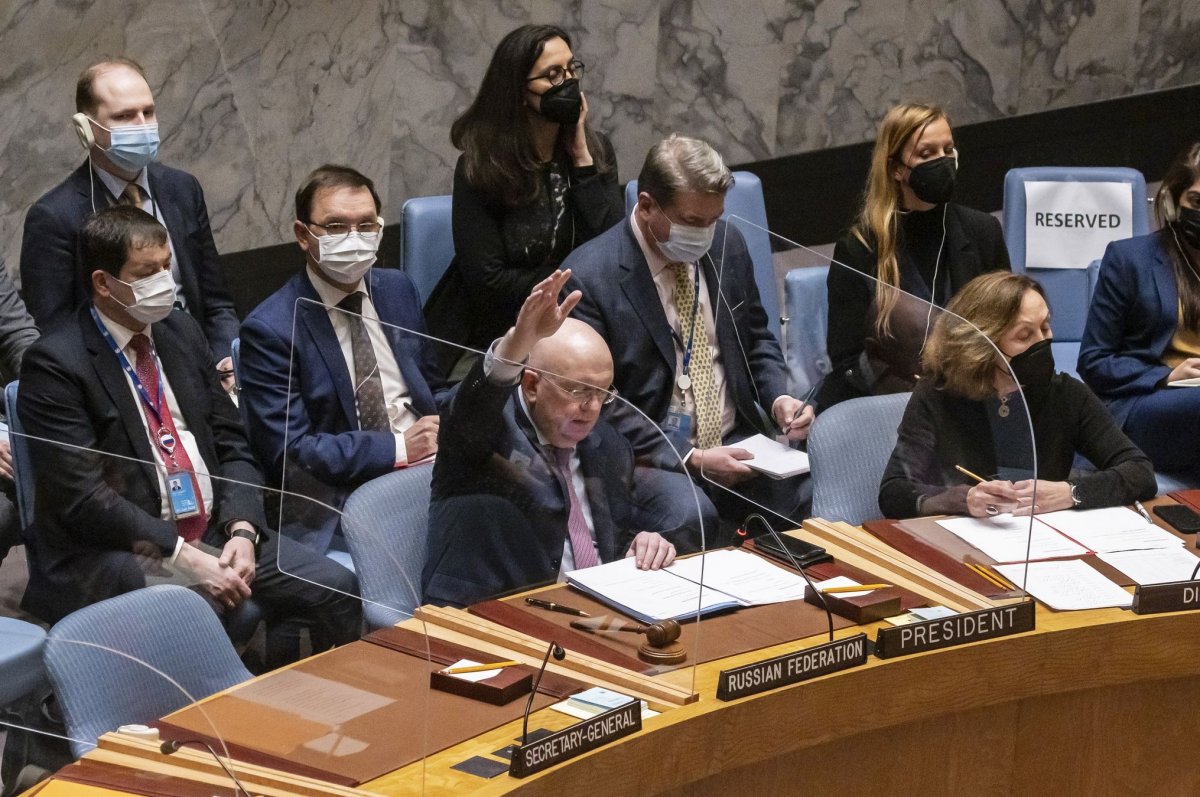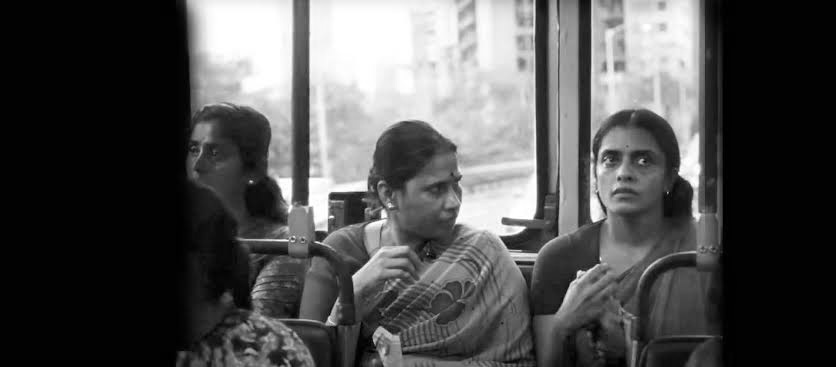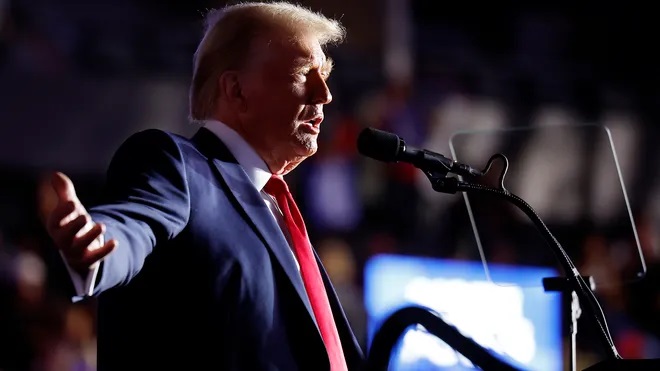First published in Eurasia Review, 15 March 2022
The war in Ukraine still keeps the world on tenterhooks, with the humanitarian crisis getting worse after 18 days. Since the Russian invasion of Ukraine began on February 24, nearly 2.8 million people have fled their homes, as many as two million are internally displaced, and thousands, including women and children, have been killed. According to various international agencies, the number of military personnel killed in the war would have crossed 10,000. However, these are conservative estimates, and the actual number could be very high in both civilian and military deaths.
Even as reports of Moscow’s fresh offensive in areas close to the Polish border streamed in, Ukrainians beleaguered by attacks and threat of attacks looked upon the fourth diplomatic talks with Russia with some hope—obviously to make some way for more evacuations of civilians. While Ukrainian President Zelenskyy warned that Russian attacks could spread to neighbouring countries and appealed to NATO to impose a no-fly zone, a Kremlin spokesman said that “Russia’s special military operation in Ukraine is proceeding in accordance with the original plan and will be completed on time and in full.” The ‘original plan’ may not yet be palpable to those who watch the developments closely, but the Russian attacks resulted in extensive civilian killings and widespread damage to civilian properties. This is at a time when Russian defence officials repeatedly claimed that the “Russian army avoids attacking cities, its main targets being military infrastructure,” and that “the civilian population is not at risk.”
The reality is just the opposite. The heads of three international agencies, UNICEF, WHO, and UN Population Fund (UNFPA), in a joint statement said that “horrific attacks are killing and causing serious injuries to patients and health workers, destroying vital health infrastructure and forcing thousands to forgo accessing health services despite catastrophic needs.” The statement issued by UNICEF Executive Director Catherine Russell, UNFPA Executive Director Dr. Natalia Kanem, and WHO Director General Dr. Tedros Adhanom Ghebreyesus said: “To attack the most vulnerable – babies, children, pregnant women, and those already suffering from illness and disease, as well as health workers risking their own lives to save lives – is an act of unconscionable cruelty.”
They noted that “more than 4,300 births have occurred in Ukraine since the start of the war, and 80,000 Ukrainian women are expected to give birth in the next three months while oxygen and medical supplies, including for the management of pregnancy complications, are running dangerously low.” The UN heads further said that “the healthcare system in Ukraine is clearly under significant strain, and its collapse would be a catastrophe. Every effort must be made to prevent this from happening… International humanitarian and human rights law must be upheld, and the protection of civilians must be our top priority. ”
The UN agencies acknowledge that deaths and injuries among civilians are mounting every day. The Office of the UN High Commissioner for Human Rights (OHCHR) has documented that the civilian deaths in the war in Ukraine keep increasing. It already documented 1,663 civilian casualties in the country: 596 killed and 1,067 injured (from February 24 to March 12). It was reported that most of the civilian deaths were “caused by explosive weapons with a wide impact area, including shelling from heavy artillery and multi-launch rocket systems, and missiles and airstrikes.” OHCHR says that the actual figures could be much higher, especially in government-controlled areas where information on the ground situation “has been delayed and many reports are still pending corroboration.” As per their latest estimates, the office noted the report of the Prosecutor General’s Office of Ukraine, according to which, as of 13 March, “85 children had been killed and more than 100 injured.” It was further recorded that in the Kharkiv region alone, 205 civilians had been killed in the region.
The UN Office for the Coordination of Humanitarian Affairs (OCHA) says that “the human and socioeconomic costs of the ongoing hostilities in Ukraine continue to mount.” “Larger scale evacuations continue to be carried out in parts of eastern and northern Ukraine, although they have been repeatedly delayed due to active hostilities in some of the hardest-hit areas, like Mariupol (Donetska oblast, east).” While the delivery of life-saving humanitarian assistance continues to be reinforced, reaching tens of thousands of conflict-hit people, their actual needs continue to multiply amid growing uncertainties.
Even as concerns regarding the possible use of biological and chemical weapons are mounting, an accident involving the nuclear facilities in Ukraine is not ruled out, and if it happens, it could have dangerous consequences for public health and the environment. The UN officials warned of the likelihood of a mishap caused by a failure of a reactor’s power supply or the inability to provide regular maintenance, which is growing by the day. It was also pointed out that four of the International Atomic Energy Agency’s (IAEA) seven pillars for the safe and secure operation of facilities were not being implemented at Chernobyl and Zaporizhzhya, Europe’s largest reactor. Unless communications were fully restored and operating staff were allowed to do their duties, anything could happen, they said.
Riding Roughshod Over International Law
Given the tempo of violation of Article 2(4) of the UN Charter, the four Geneva Conventions of 1949 and its first additional protocol of 1977 (Protocol I), and the Hague Conventions of 1907 (regulating the means and methods of warfare), as well as the rules of customary international humanitarian law, Russia can be accused of riding roughshod over internationalism and humanitarian law. Such laws provide protection to civilians and other noncombatants from the hazards of armed conflict. Ukraine and Russia, being parties to a number of regional and international human rights treaties (such as the European Convention on Human Rights (ECHR), the International Covenant on Civil and Political Rights (ICCPR), and the Convention against Torture and Other Cruel, Inhuman or Degrading Treatment or Punishment (CAT)), are expected to provide guarantees for fundamental rights, many of which correspond to the rights to which combatants and civilians are entitled under international humanitarian law (e.g. the prohibition on torture and inhuman and degrading treatment, the requirements for nondiscrimination, and the right to a fair trial).
At some point, Russian President Putin and his officials tried to justify Russia’s use of force in Ukraine under Article 51 of the UN Charter. Article 51 says that “nothing in the present charter shall impair the inherent right of individual or collective self-defense if an armed attack occurs against a member of the United Nations.” But how can Russia justify the attack on Ukraine when the latter has never committed or threatened to commit an armed attack against Russia or any other UN member state? Moscow’s claim of the “two republics” having requested help does not stand any scrutiny as they were not recognised by the UN or other member states. Earlier, in 2014, Russia resorted to the same action with the annexation of Crimea—an indication that Moscow has the least respect for international law and that, thereby, violation of the sovereignty and territorial integrity of its neighbouring states is not something new.
Now that the crisis is getting deeper—with thousands fleeing Ukraine and sanctions having put a tremendous burden on the Russian population amid a surge in COVID-19—Putin cannot easily get away with his military showdown. In an increasingly interdependent world with a complex exchange relations, Putin cannot ensure that Russia’s clients will be permanent strategic partners. China, India and other Gulf regimes are not impervious in this international exchange relations and their stakes are obviously much higher than that of Russia.




